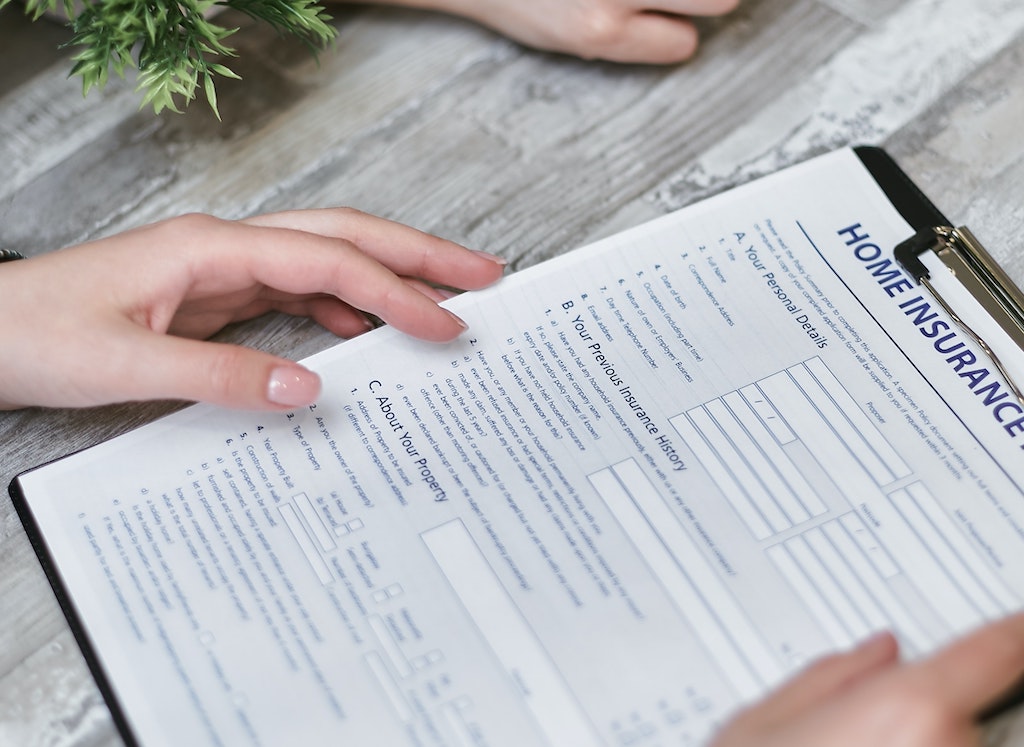A home insurance appraisal ensures your property is adequately protected. Whether you’re a new homeowner or have owned your home for years, understanding how to prepare for a home appraisal for insurance purposes is crucial. This guide will walk you through the steps needed to prepare for a home insurance appraisal, ensuring accurate and sufficient coverage.
What is a Home Insurance Appraisal?
A home insurance appraisal is an evaluation conducted to determine the replacement cost of a property for insurance purposes. Unlike a real estate appraisal, which assesses the market value of a home, a home insurance appraisal focuses on the cost of rebuilding or repairing the home in the event of damage or destruction. This ensures that the insurance coverage matches the actual cost required to restore the property to its original condition.
Key Components of a Home Insurance Appraisal
- Replacement Cost: The primary focus of the appraisal is to estimate the cost of rebuilding the home from scratch using similar materials and quality.
- Depreciation: Adjustments may be made for depreciation, accounting for the property’s age and condition and its components.
- Additional Structures: Appraisals also consider other structures on the property, such as garages, sheds, and fences.
- Personal Property: Some appraisals include an assessment of personal belongings within the home, helping to determine the amount of personal property coverage needed.
How to Prepare for a Home Insurance Appraisal
Step-by-Step Guide
- Choose an Experienced Appraiser: Select a qualified and experienced appraiser who specializes in home insurance appraisals. This professional should be familiar with local building codes and construction costs.
- Gather Necessary Documentation
- Blueprints and Floor Plans: Provide any available blueprints or floor plans to the appraiser to help them understand the home’s layout and construction details.
- Renovation Records: If you’ve made any significant renovations or improvements, have the documentation ready to show the appraiser.
- Previous Appraisal Reports: Previous reports can provide valuable insights and help the appraiser compare past and current conditions.
- Conduct a Pre-Inspection
- Repair Any Visible Damage: Address any obvious issues such as leaky roofs, cracked foundations, or malfunctioning systems before the appraisal.
- Clean and Declutter: Ensure that the home is clean and free of clutter to allow the appraiser to conduct a thorough inspection.
- Prepare a Detailed Inventory of Personal Property
- Create a comprehensive list of personal belongings, including high-value items, with descriptions, purchase dates, and estimated values. This helps in determining the amount of personal property coverage needed.
- Be Available for Questions
- Be Present During the Inspection: If possible, be present during the inspection to answer any questions the appraiser may have and to provide additional information about the property.
Understanding the Appraisal Process
Initial Assessment
- The appraiser will conduct an initial assessment, gathering information about the home, including its size, age, construction type, and any unique features.
On-Site Inspection
- During the on-site inspection, the appraiser will examine the home’s interior and exterior, noting the condition of the roof, foundation, plumbing, electrical systems, and more.
Documentation Review
- The appraiser will review any available documentation, such as blueprints, previous appraisal reports, and renovation records, to gain a comprehensive understanding of the property.
Cost Estimation
- Using the collected data, the appraiser will calculate the replacement cost of the home, factoring in local construction costs and materials.
Final Report
- The appraiser will compile a detailed report outlining the estimated replacement cost, depreciation, and any other relevant findings. This report will be used by the insurance company to determine coverage levels.
Factors Affecting Home Insurance Appraisal Values
Location
- Regional Construction Costs: Construction costs vary by region, so the location of your home can significantly impact the appraisal value.
- Local Building Codes: Different areas have different building codes and regulations that can affect the cost of rebuilding a home.
Home Characteristics
- Age of the Home: Older homes may have higher replacement costs due to the need for specialized materials or craftsmanship.
- Size and Layout: Larger homes or those with complex layouts typically have higher replacement costs.
- Construction Materials: The quality and type of materials used in construction, such as hardwood floors or custom cabinetry, can affect the appraisal value.
Market Conditions
- Inflation: Inflation can increase the cost of materials and labor, impacting the replacement cost.
- Demand for Materials: High demand for certain materials can drive up prices, affecting the appraisal value.
Understanding how to prepare for a home insurance appraisal is vital for protecting your most valuable asset. By knowing what to expect, how to prepare, and the factors that affect appraisal values, you can ensure that your home insurance policy provides adequate coverage. Regular appraisals, proper documentation, and clear communication with your appraiser will help you achieve a successful appraisal and peace of mind.




